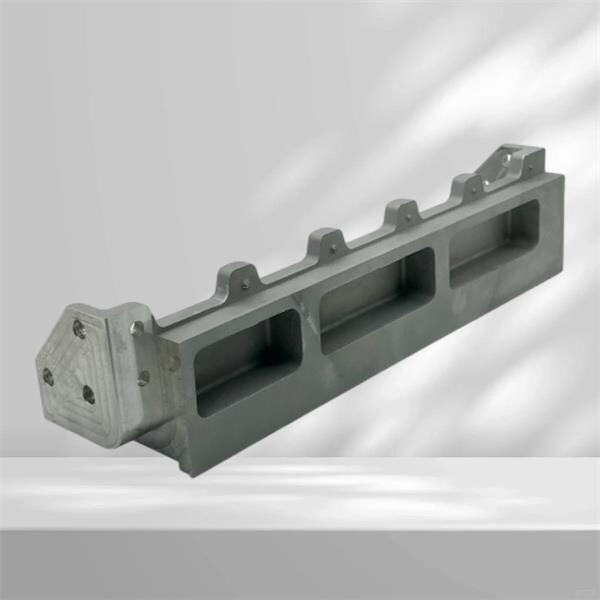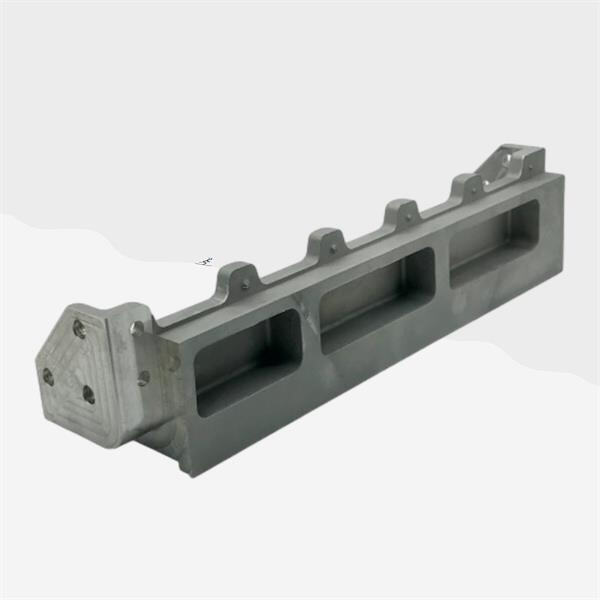Gravity casting is a neat way to produce metal objects. It’s a unique process, in which molten metal is poured into a mold and then forced by gravity into the desired shape. This is what enables us to make all sorts of metal objects that are strong and durable. Let's find out about the process of gravity casting and the way it is utilized to make things.
Advantages and Disadvantages of Gravity Casting Gravity casting is popular with the manufacturing industry because of several key advantages it offers. One thing to recommend it is that it’s a low-cost way to manufacture metal parts in great numbers. Gravity casting also ensures that the products are dimensionally accurate and the same every time.

There are many applications for gravity casting and they are popular in industries such as medical, energy, agricultural, automotive, food, appliance and the consumer product industries. In the car world, engine blocks, wheels, and gear boxes are often produced via gravity casting. The aerospace industry uses the process to make airplane parts such as turbine blades and landing gear.

The gravity casting process begins by creating a mold for the product which has the form of the end product. The mold sits over a furnace that melts the metal to be poured. After the metal gets to the appropriate temperature, it’s poured into the mold, which allows gravity to fill every available space. The now solidified metal assumes the shape of the mold as it cools.

There are other casting processes have been used in the manufacturing of gravity cast products. One of main differences is that in gravity casting, gravity is used to fill the mold, whereas in other casting processes, such as pressure die casting, a high pressure is used to fill the mold. Gravity casting is also popular for items that need a good surface finish, as well as being suitable for parts with fine details. Because, in contrast to sand casting, sand molds are disposable, gravity casting molds can be used repeatedly.